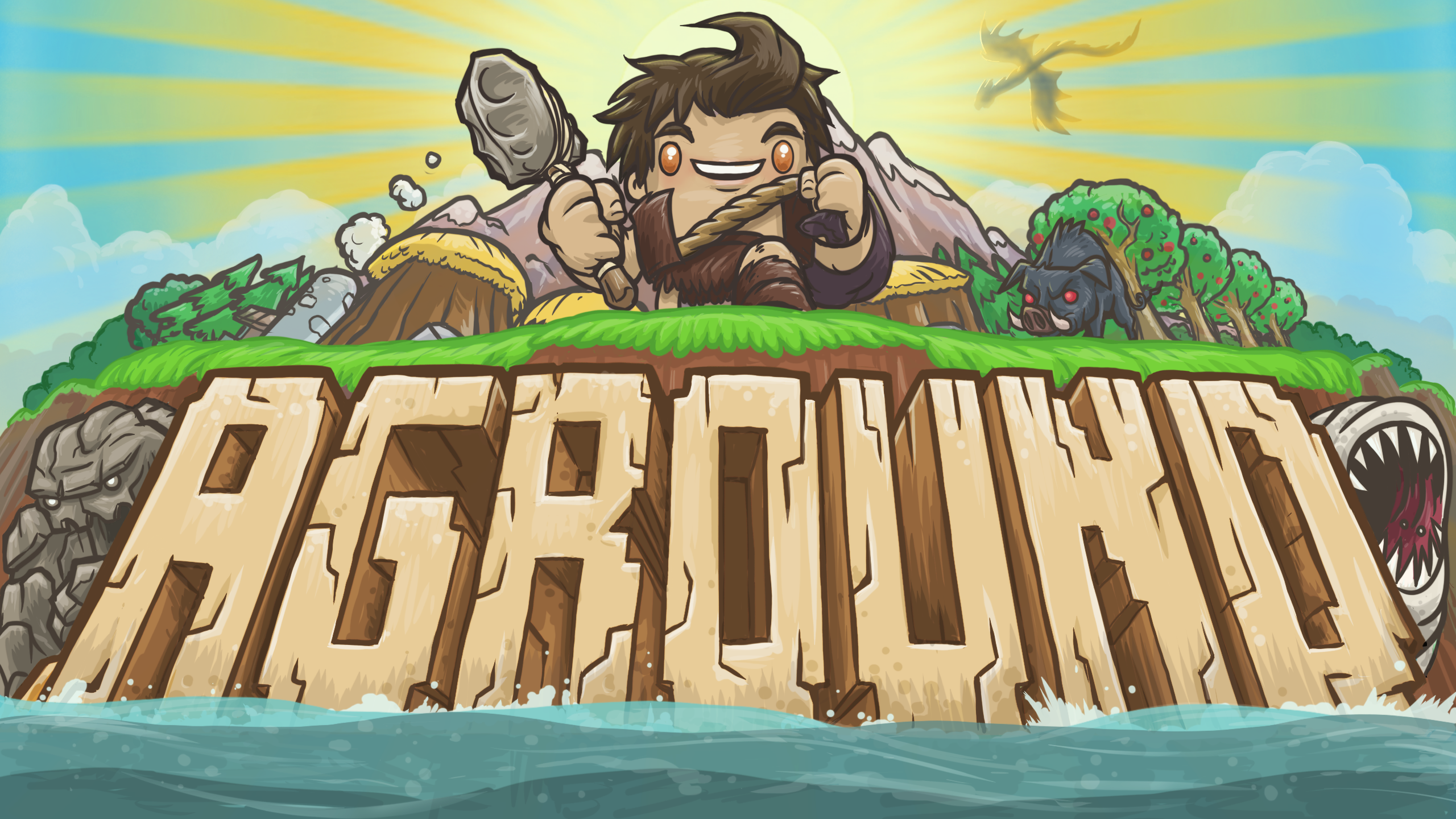[Review] Aground – Nintendo Switch
- Developer: Fancy Fish Games
- Publisher: Whitethorn Digital
- Genre: Adventure, Role-Playing, Simulation
- Released: 11th February 2021
For a game titled such, you sure spend quite a bit of time underground.
Lonk’s Awakening.
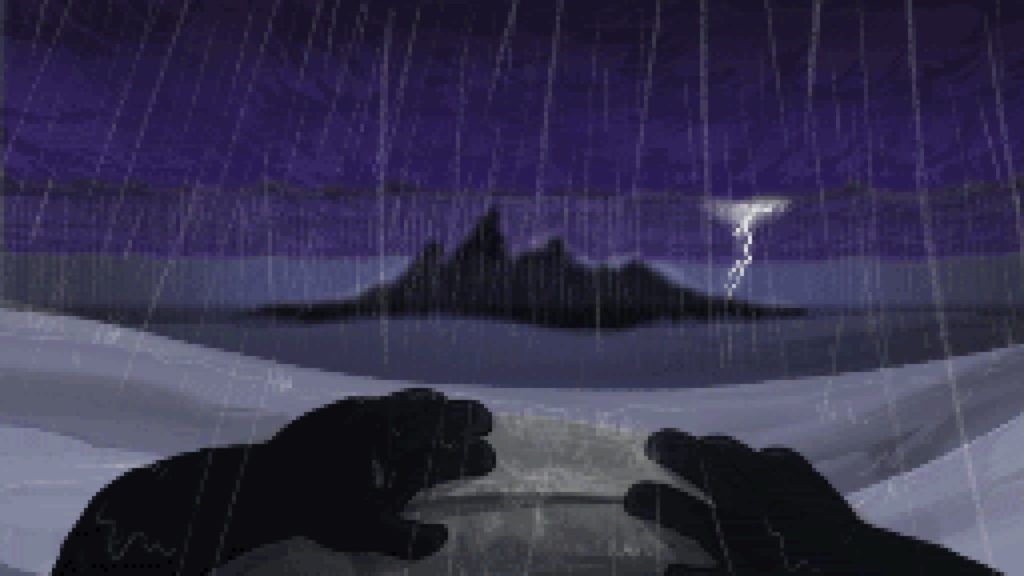
Back in May 2017, the team at Fancy Fish Games had a vision of creating a procedural galaxy game done right. They pushed it out 5 months later in October 2017 as a free to play game in sites like Kongregate and Newgrounds.
February 2018 saw them move to Kickstarter where it, and subsequent campaigns, moved to fund the game into its eventual release into retail. The general buzz I felt from skimming forums and comments was that the game was very well received by players. “Seems alright then,” I thought as I stepped into the murky waters of starting a new game.
Before I go any further, there is a quote straight from the developer’s website that I would like to share. It gives a hint to what one can expect:
The demo is very long (about 8 hours to finish everything) and will give you a good sense of the game!
http://fancyfishgames.com/Aground/
Mining and Crafting, with Consequence.
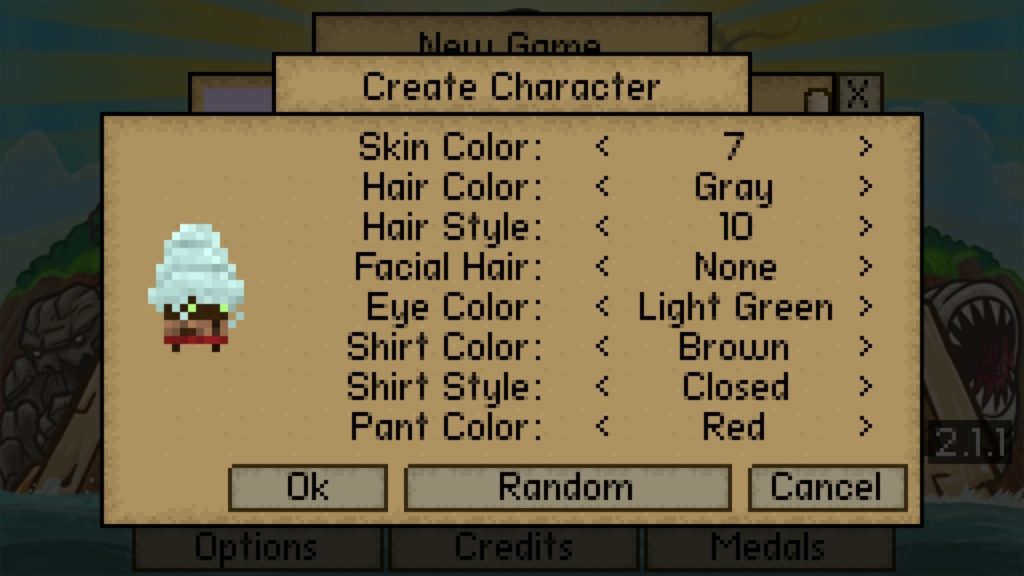
After a quick character creation section, of which the hair selection is the most interesting bit, Aground starts you off in a stormy shipwreck that plants you onto the shore of a seemingly deserted island. You’ll find the usual crafting basics of hitting trees to get wood and foraging for berries. Soon you’ll have enough to build a small hut, and since the sun seems to be setting, you’ll have to hit the hay. Suddenly, a voice jolts you from your rest. You open the door to reveal a man asking for shelter. You can either allow him to enter, or reject him outright. Here we see the game begin to divert from one of its obvious inspirations.
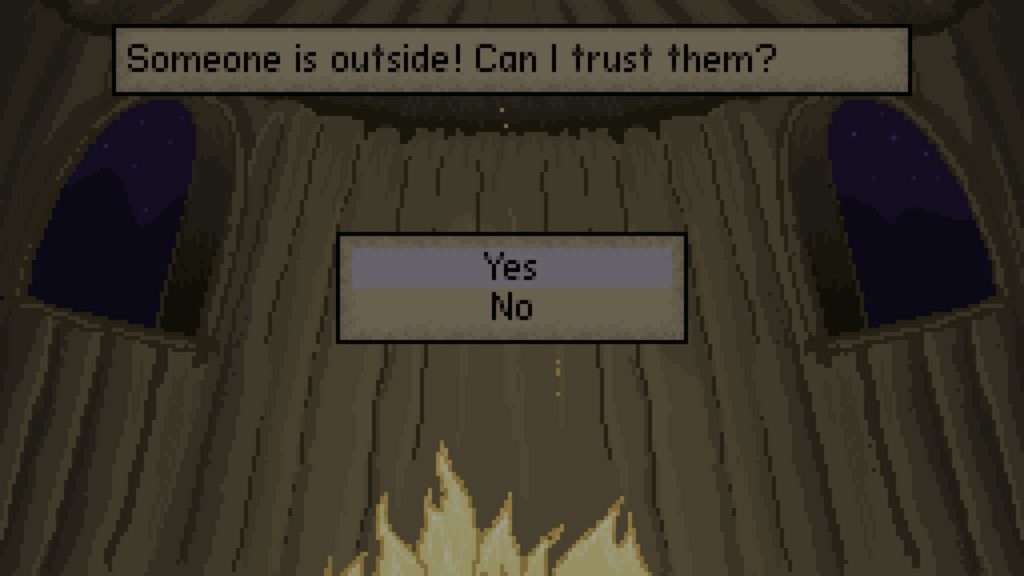
In Minecraft, Terraria or Starbound, the game’s story is really the player’s to craft. Will you be an explorer? A master builder? Will you stay above ground, or will you delve deep into the earth to uncover secrets and such? Aground may have taken it’s gameplay blueprints from these titles, but as the developers are quite proud of pointing out, the game actually has more in common with titles like A Dark Room, or even the classic Candy Box 2.
In Aground, there is a running narrative to find out more about what happened to you and this driving factor to play the game evolves as you slowly uncover clues in your attempt to survive in this alien situation. As you encounter more survivors, the occasional nighttime chats (played out in extravagant pixel murals) reveal that there is more to the world that meets the eye.
Apart from imparting brief advices and dropping conversations, the survivors also have a bunch of quests for you to do. Quests range from gathering a set amount of stuff to taking out enemies or sometimes the occasional boss.
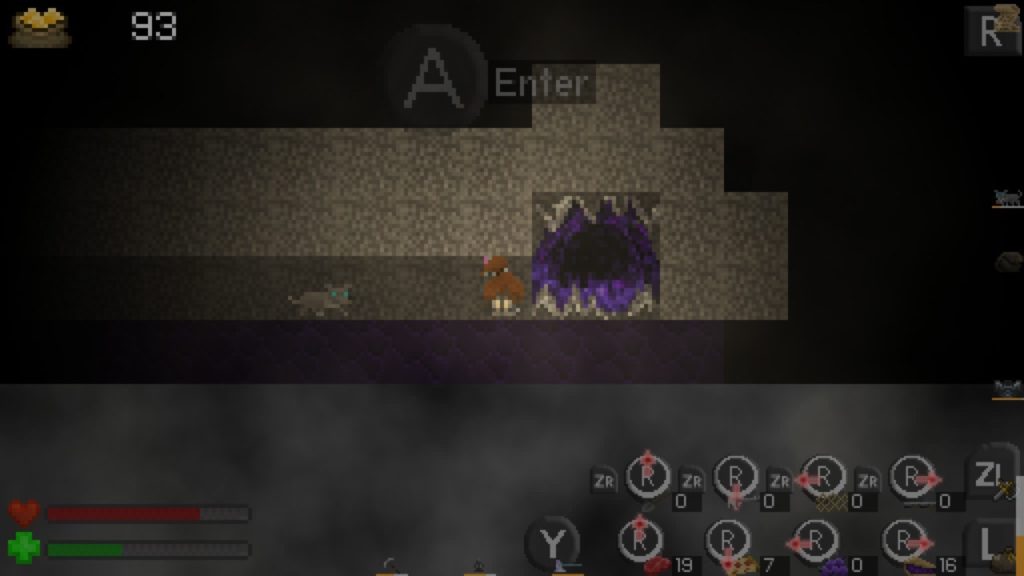
I really don’t want to say anymore for fear of spoiling anything in this here article. Suffice to say that the game’s story contains quite a few twists that definitely dwarf your understanding on how massive this game really is.
Building pixels.
The game, if you haven’t noticed from the scattered screenshots by now, has a distinct pixel art style to it, reminiscent of some older Flash game. Charming if slightly generic, the style uses some interesting colour choices that occasionally clash to give a sense that the assets don’t match somehow. In a way, they might not (nudge nudge wink wink).
Where the game brings its characters to life is its occasional close ups during conversations with various survivors. The sprite work that goes into creating these brief sections has to be in no way a small feat.
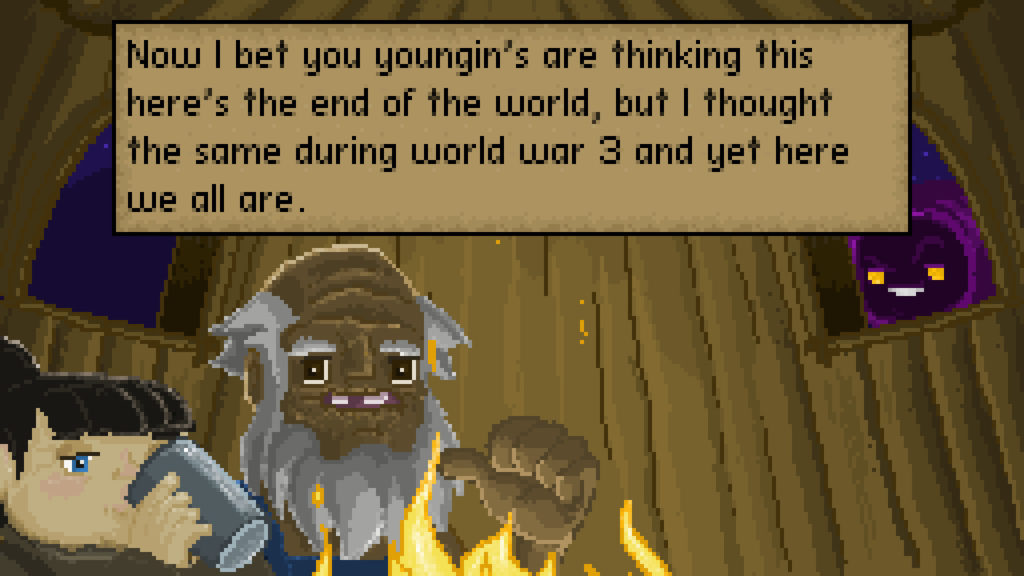
Flowing with the game’s art work comes an audio stream that sounds hand crafted for the various areas and regions in the game. Overall the music fits the areas well, though after some time they sort of blend together. While a lovely accompaniment, there isn’t any track that particularly sticks to me after I switch the game off, so there’s that.
Work work.
To help you progress along with Aground’s story, you gain experience that helps to boost various stats once you hit each level’s cap. It can feel a little much to begin with, especially since the game doesn’t really hold your hand too much beyond the first couple of minutes.
Every action seems to contribute to gaining experience, so you might have a pop up of you leveling up while digging around for materials. Leveling up also replenishes stamina, which can be nice if it occurs at the right time, though I wouldn’t bother too much with planning for this.
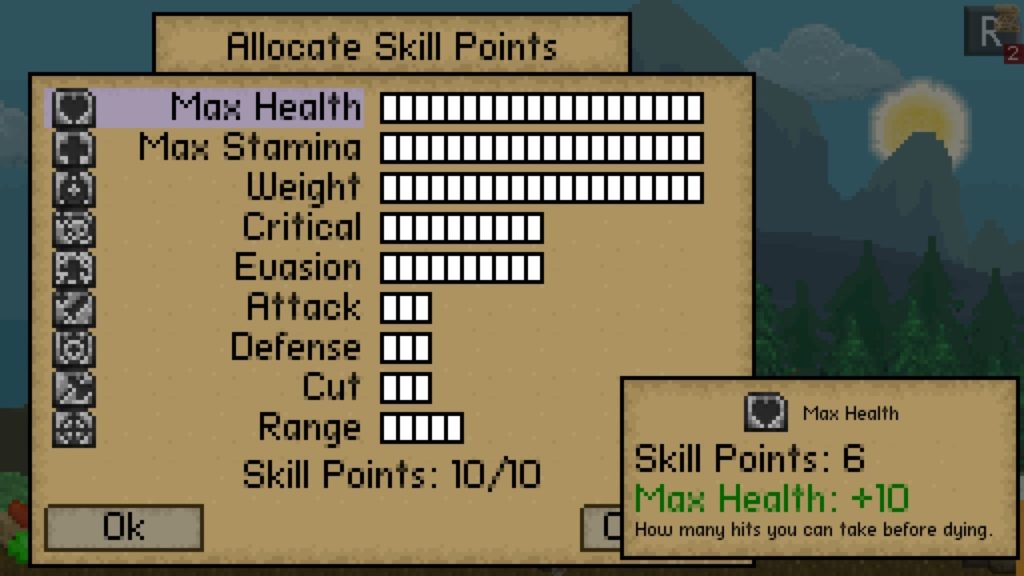
Speaking of digging, as I mentioned way at the start, you’ll find yourself mostly underground; mainly for materials, but in part to how the game is created. It’s a rather interesting setup to have the character move as if in a 2D plane that spans the screen. While danger from gravity is nullified as a result, stamina and being encumbered from inventory weight takes center stage as your main antagonist while exploring and gathering.
Oh right, actual enemies. There are quite a few of them, both above and below ground. Health is gained through food (and cooking them) mainly and so is stamina for the most part. A rest in the hut will also restore all stamina as well as act as save points. Weapons will need to be crafted beyond your initial axe if you want any hope of defending yourself against more powerful enormous enemies, as well as bosses.
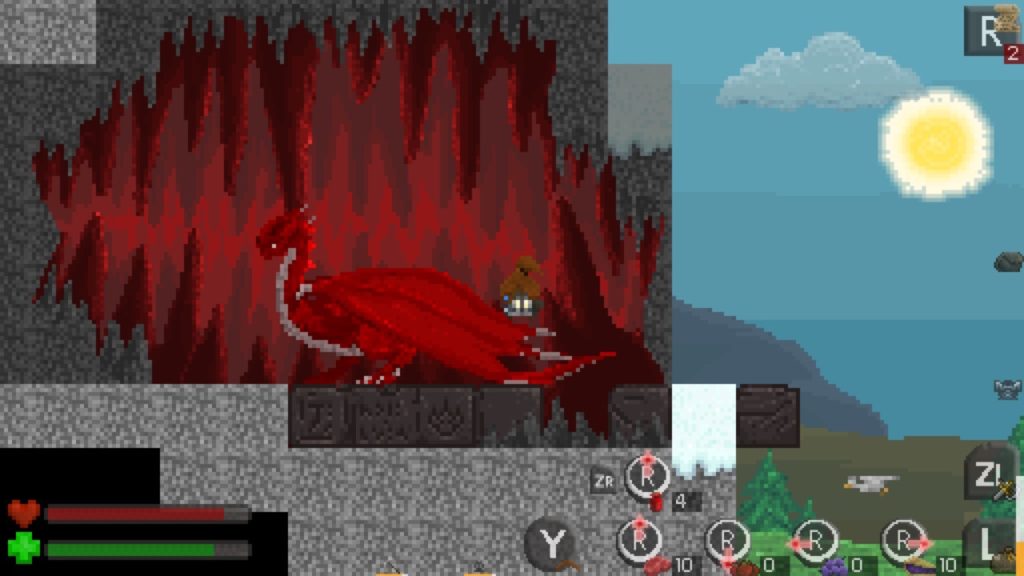
Seems like quite a bit to swallow…
I mean, you’ve got mining and crafting, then bosses, add to that story paths, and a world much larger than it seems, and now that quote from the beginning starts to make sense no? I’ve sunk hours into this game and I’ve just scratched the bare minimum of completion.
With quite regular updates from the developers until recently, even more content has been piled into the game. So if you really enjoyed the first 8 hours or so (and if you do, the hours will literally melt away), then you’re in for a treat.
For mere mortals such as myself, this abundance of stuff can feel daunting, especially when a lot of it isn’t really explained to the player and left to them to figure it out. The game’s major locations and events aren’t procedurally generated, so at least if you do decide to replay it, it does get easier on subsequent runs (thought I’m not too sure if the placement of materials in the ground are randomized). The Aground wiki is also a good place for information, but you do run the risk of major spoilers there.
So with that on mind, here are a few quick spoiler-free (at least as far as I can make them) tips to help you get started:
- Dig, diggity dig. Upgrade your picks and dig some more.
- Use huts and other similar options to recover stamina in bulk. You’ll eventually find the hut blueprint that you can use to build all over.
- Check the gameplay options for some things that can alleviate your experience. Definitely give it a look to customise your play through.
- Erect buildings close to each other to maximise space and all.
- Catching creatures using the net will be easier if you drain their health. Like Pokémon, the lower the health, the higher the chance you’ll be able to trap them in.
- There is nothing wrong with toning down the difficulty.
- You can name newly discovered places. This will help in transporting your materials later down the road.
- You’ll come across a map somewhat later in the game. This will help immensely viewing your surroundings.
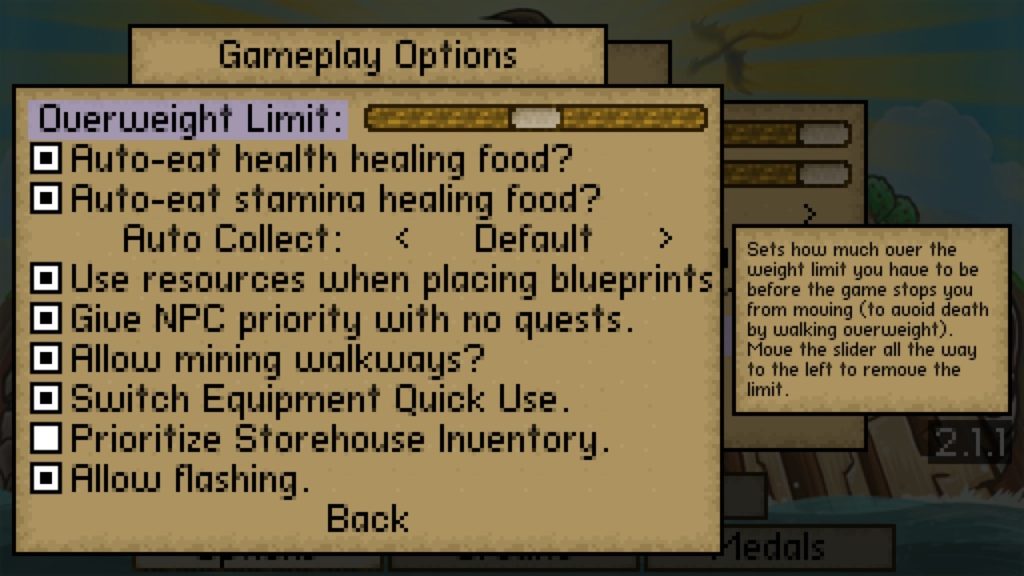
To fill in this last hole…
Aground is a long game. A really long game. The main gameplay loop would be to explore new surroundings for materials to improve your tools to explore further. Add to that a narrative embedded with mystery woven throughout and you’ve got the bulk of the game. There are a lot of smaller secrets and stuff hidden for the dedicated to find, and that ensures even more fun for those who love the game.
The developers have set out to create a crating game where progress is not left as is, but rather is accompanied with story and reason for said progress, and for the most part I feel like they absolutely nailed that milestone on the head.



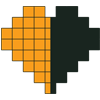

3.5/5 – A ground pounding thumbs up. Feel free to add another heart if you like mining the crafting.
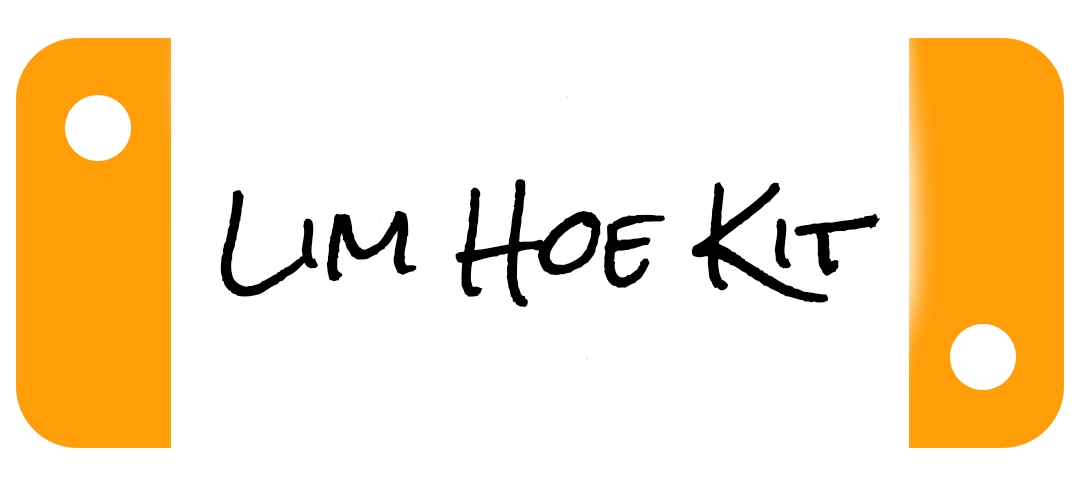
Available Now: $14.99
Follow Fancy Fish Games:

Follow Whitethorn Games


